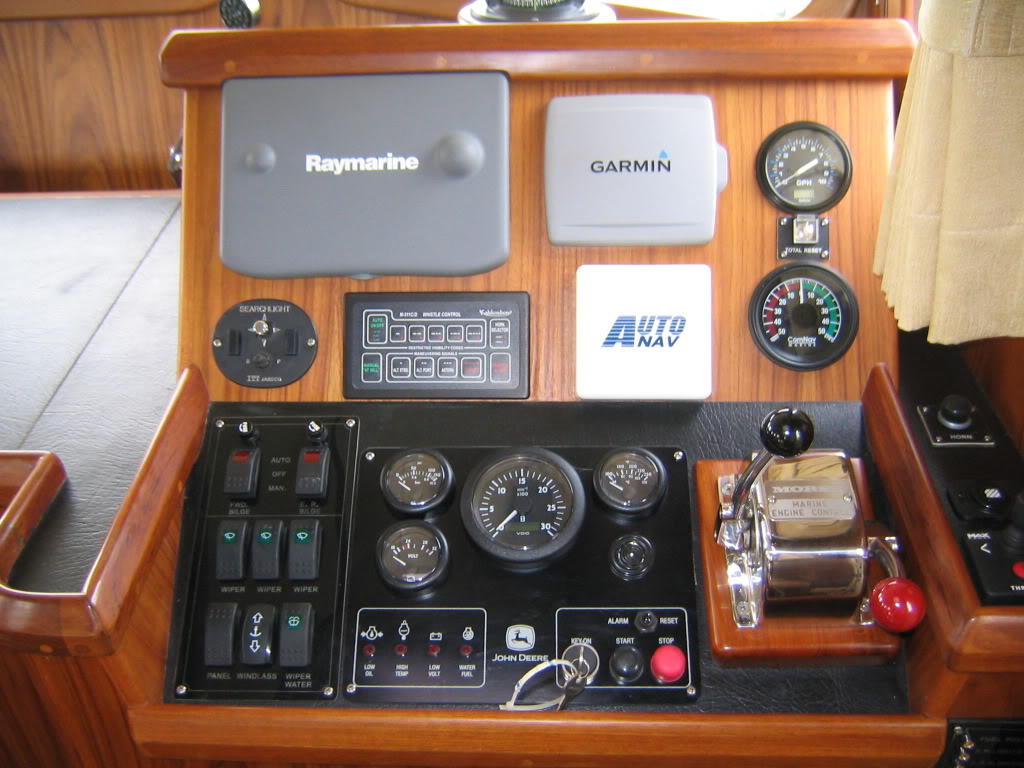In the years we've been boating out here (PNW) I can't recall ever hearing anyone give a passing or meeting call of any kind on 16. The one constant exception is the BC ferries that call when entering Active Pass in the Gulf Islands and ask for responses from potential conflicting traffic. Active Pass is narrow and has a dogleg in the middle of it so you can't see through it from either end.
The commercial vessels going to and from Seattle, Tacoma, and Vancouver using the VTS systems are in communication with each other about what they're doing or going to be doing.
But other than "How's the fishing?" "Where are the whales?" "Where to you want to meet for dinner tonight?" and "I think I see you over there just past the point Joe," the radio is pretty much silent as far as recreational boat chatter is concerned. And nobody--- and I mean NOBODY---- uses their horns up here. The ferries blow during the day when they leave a slip but they don't blow after dark and they don't blow when overtaking or meeting you.
Everyone just meets or passes however they want and it all seems to work. Of course there's more room in most places than you might have on the intracoastal waterways and not the density of traffic but even in our narrow passes nobody says or whistles a thing in a passing situation. The fishermen fishing at the entrances sometimes light up the radio about some plowing boat's wake but that's about it.
Must be that lawless, "do you feel lucky, punk?" attitude we all have out here in Indian Territory.




